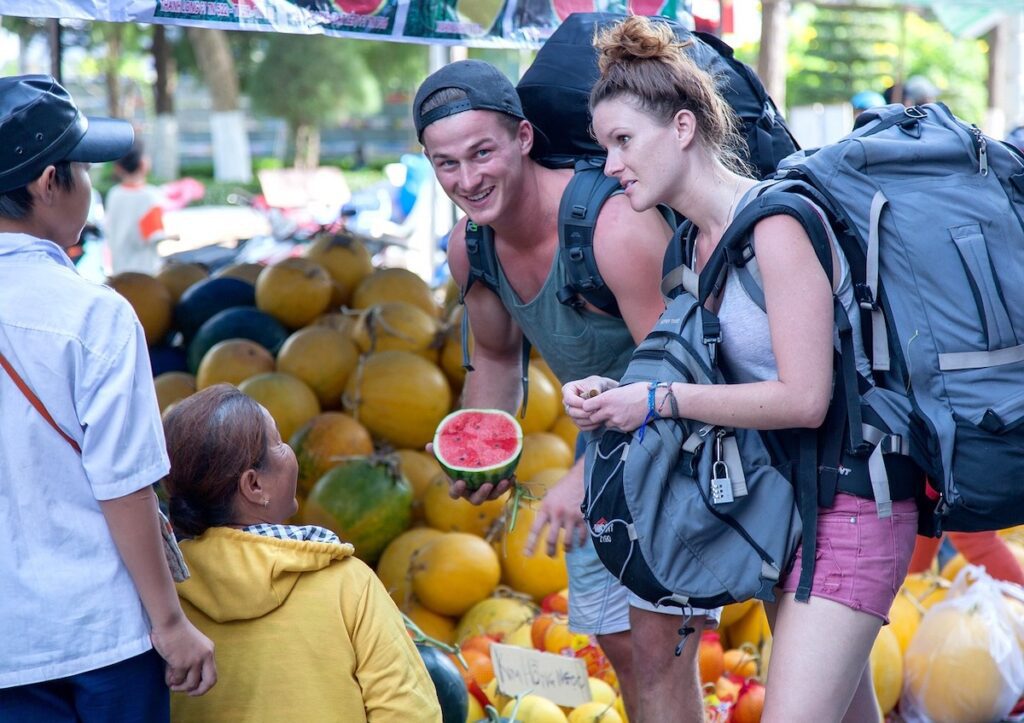Traveling to new places can be hindered by communication barriers, such as language differences and cultural nuances. However, there are tools and tactics to overcome these obstacles. Language translation apps like Google Translate can help in real-time translation, while traditional phrasebooks and language learning resources can also be helpful. Nonverbal communication, such as gestures and body language, can convey meaning across language barriers. Seeking local assistance and guides, as well as utilizing technology and communication devices, can also help in overcoming communication barriers. By using these tools and tactics, travelers can fully immerse themselves in the culture and experiences of their destination.
Overcoming Travel Communication Barriers: Tools and Tactics
Introduction
Traveling to new places is an exciting and enriching experience. However, communication barriers can often hinder the overall travel experience. Whether it’s language differences, cultural nuances, or technological limitations, these barriers can make it difficult to navigate and fully immerse in a new destination. Fortunately, there are a variety of tools and tactics that can help travelers overcome these communication obstacles and make the most of their journey.
Language Translation Apps
One of the most common and effective tools for overcoming language barriers while traveling is the use of language translation apps. These apps, such as Google Translate and iTranslate, allow users to input text or speak into their device and receive a translation in real-time. Some apps even offer offline functionality, which is especially useful in areas with limited internet access. Additionally, many language translation apps now feature augmented reality translation, where users can point their phone’s camera at foreign text and receive an instant translation overlay.
Phrasebooks and Language Learning
For travelers who prefer a more traditional approach, phrasebooks and language learning resources can be invaluable. While apps are convenient, having a physical phrasebook or guide can be helpful in situations where technology may not be practical or available. Additionally, taking the time to learn basic phrases and greetings in the local language can go a long way in building rapport with locals and demonstrating cultural respect.
Nonverbal Communication
When words fail, nonverbal communication becomes essential. Gestures, facial expressions, and body language can convey a lot of meaning, even across language barriers. It’s important for travelers to be mindful of cultural differences in nonverbal communication, as certain gestures may have different meanings in different parts of the world. Additionally, a genuine smile and positive attitude can often transcend language and create a universal connection with others.
Local Assistance and Guides
Seeking out local assistance and guides can also be a valuable tactic in overcoming communication barriers. Whether it’s hiring a local guide for a day or simply asking for directions from a resident, having someone who is familiar with the language and customs of the area can provide invaluable support. Local guides can also offer insights and recommendations that may not be easily accessible to non-local travelers.
Technology and Communication Devices
In today’s digital age, technology has made it easier than ever to stay connected while traveling. Wi-Fi hotspots, international SIM cards, and mobile data plans can ensure that travelers have access to communication channels such as email, messaging apps, and social media. In addition, devices such as pocket translators, portable Wi-Fi routers, and voice-activated assistants can provide real-time support for language and communication needs.
Conclusion
Traveling to new places should be a rewarding and enriching experience, and communication barriers should not stand in the way. By utilizing a combination of tools and tactics, such as language translation apps, nonverbal communication, and local assistance, travelers can overcome communication obstacles and fully immerse themselves in the culture and experiences of their destination. With the right tools and a proactive mindset, communication barriers can be easily navigated, allowing travelers to make the most of their journey.
